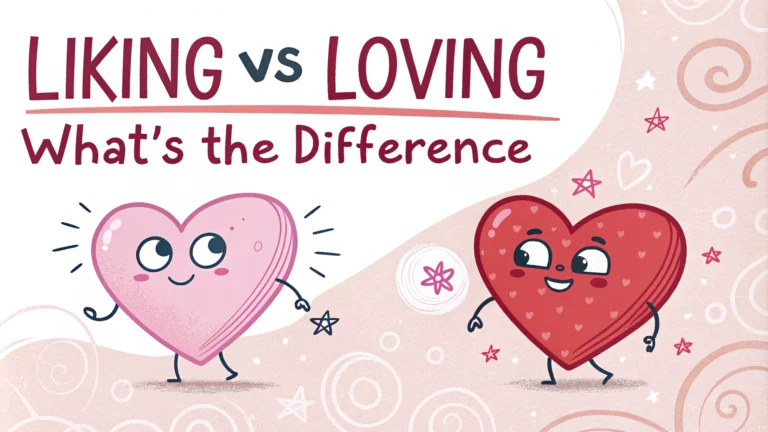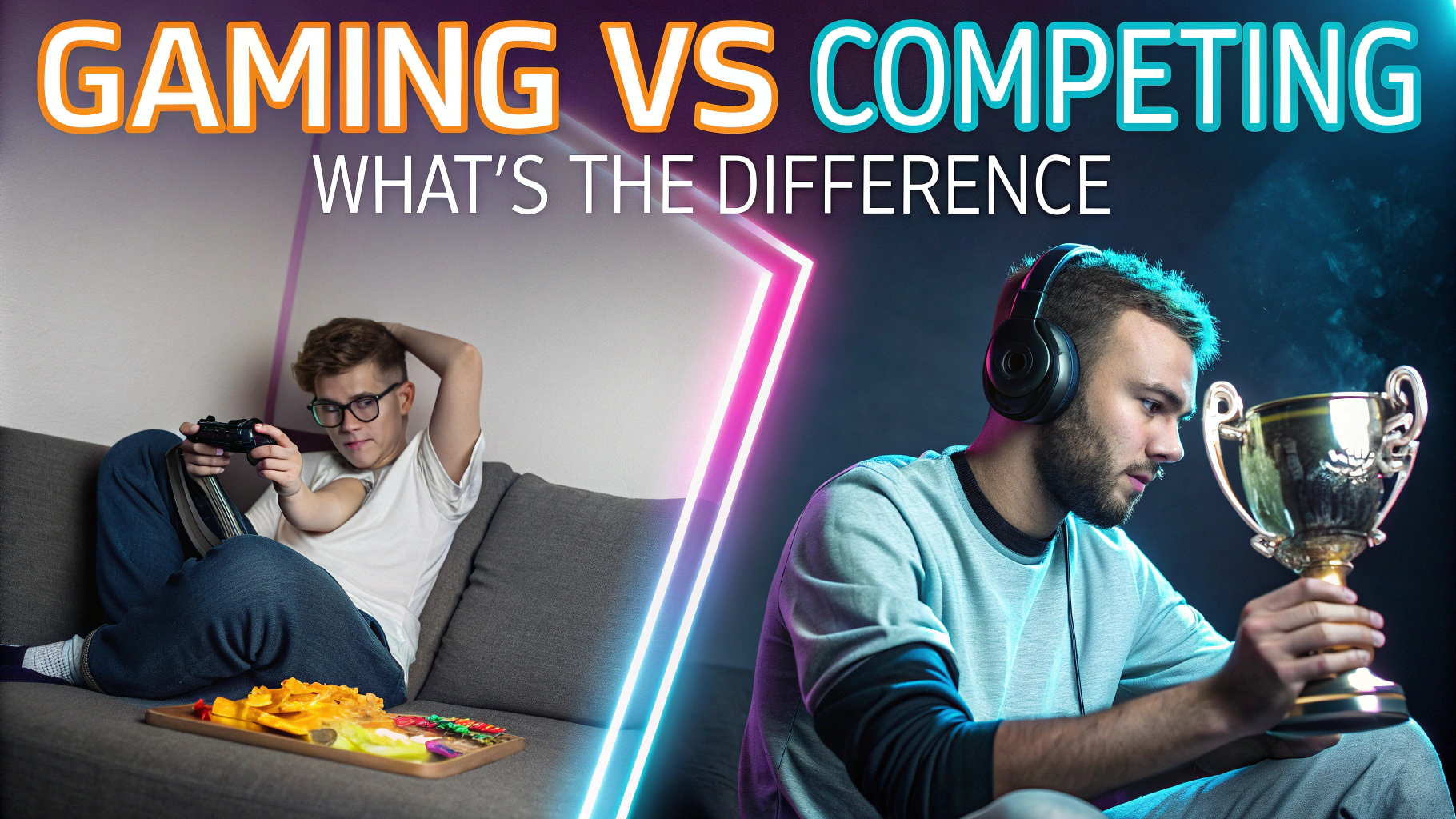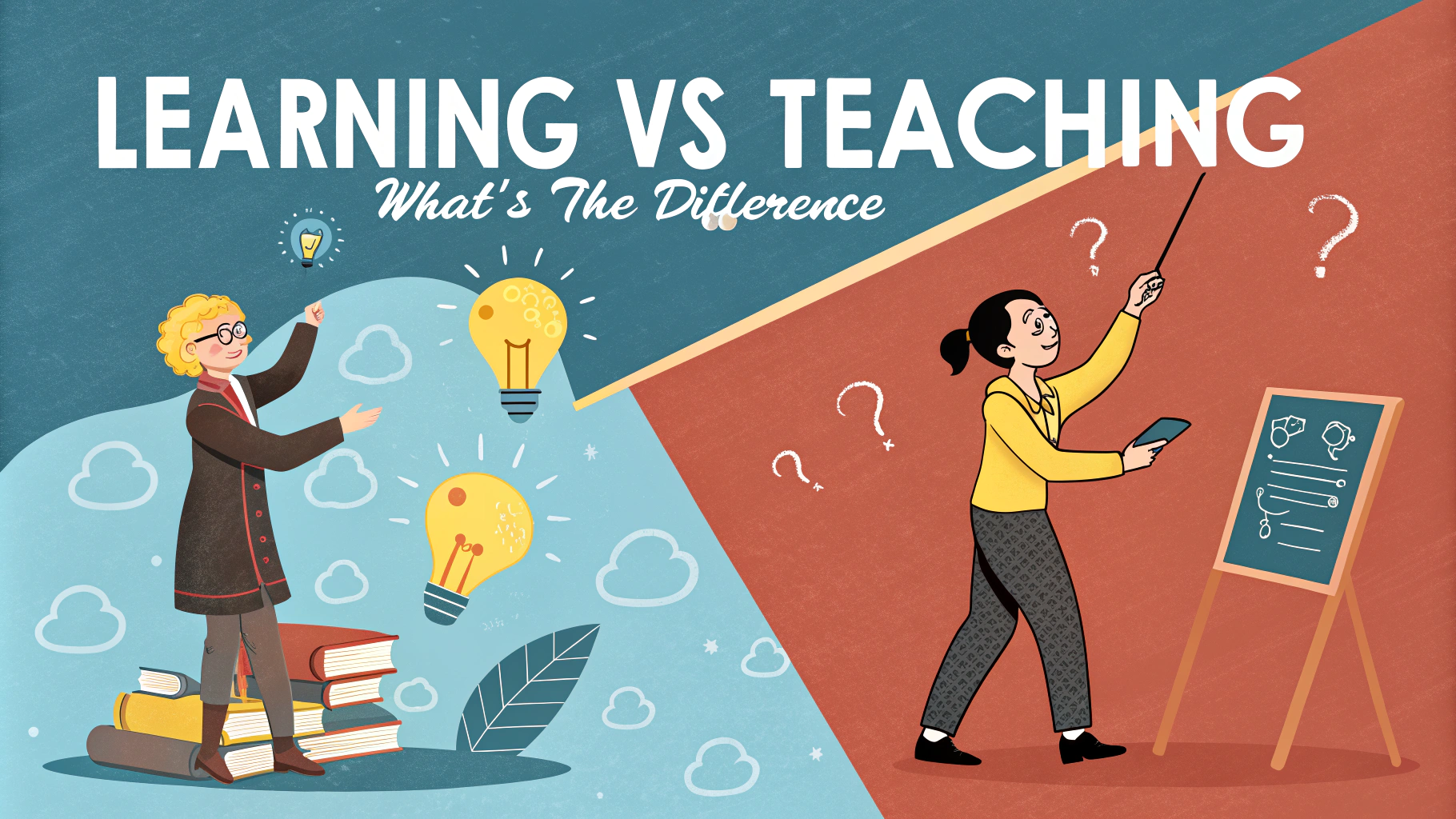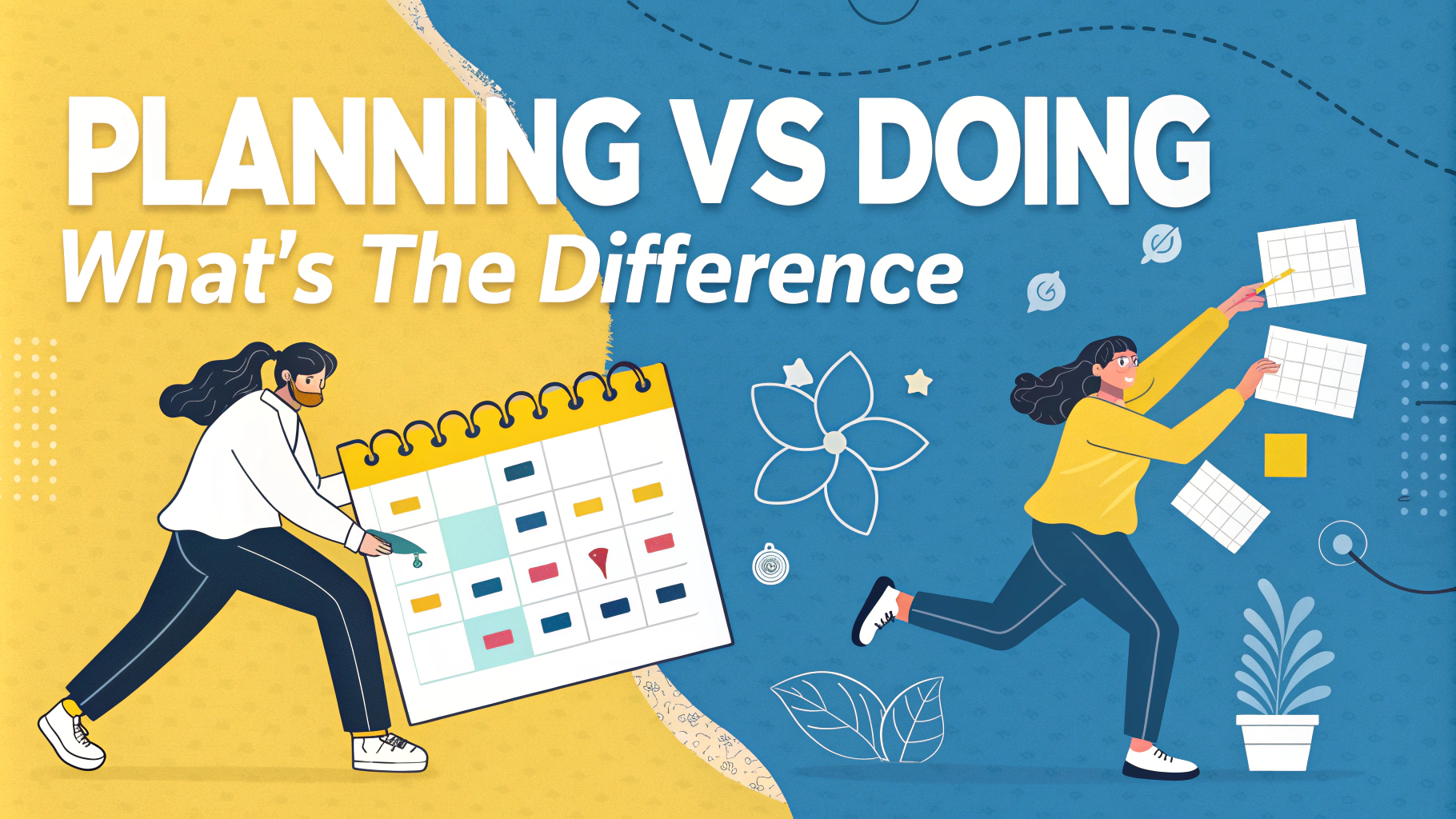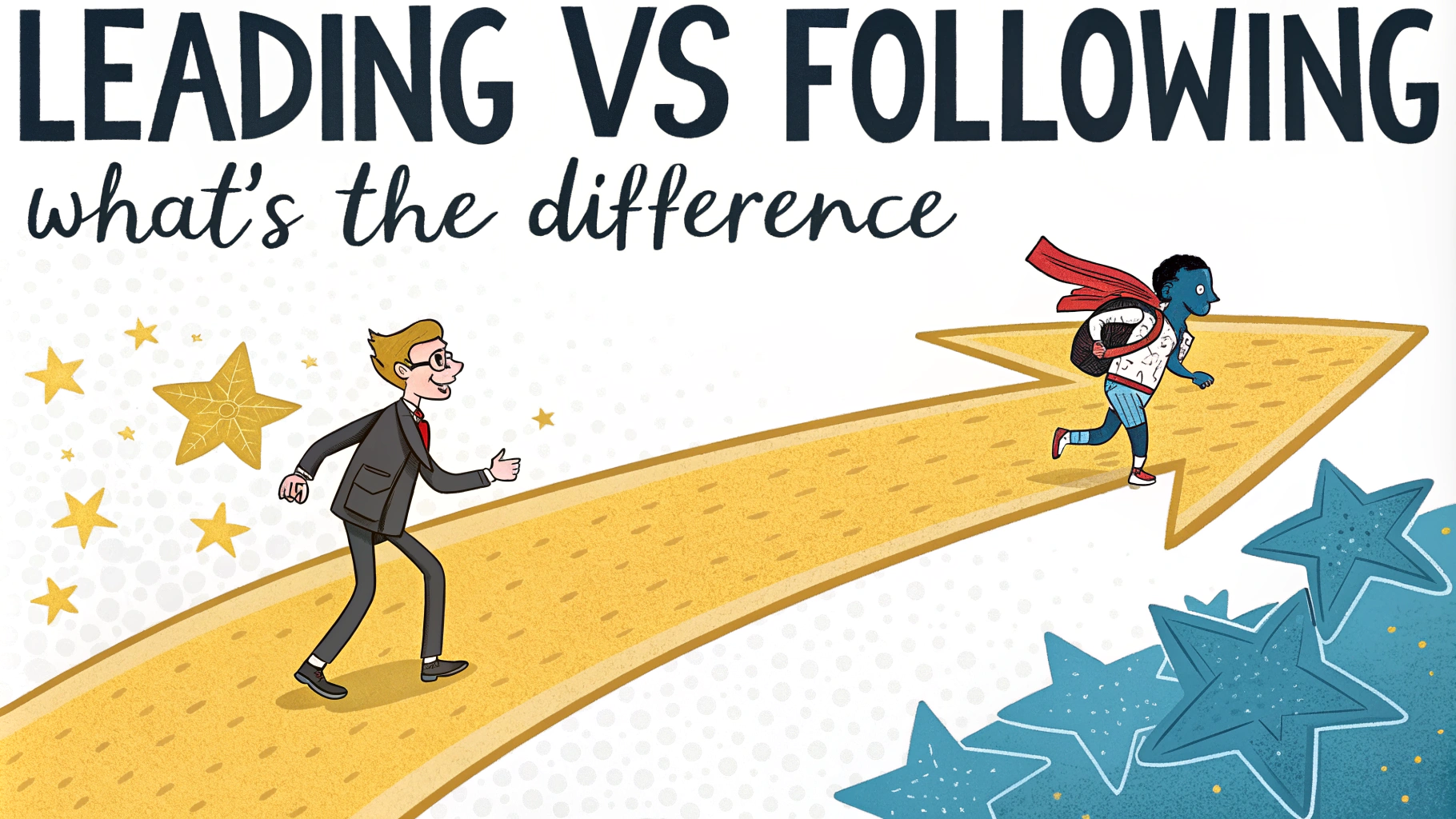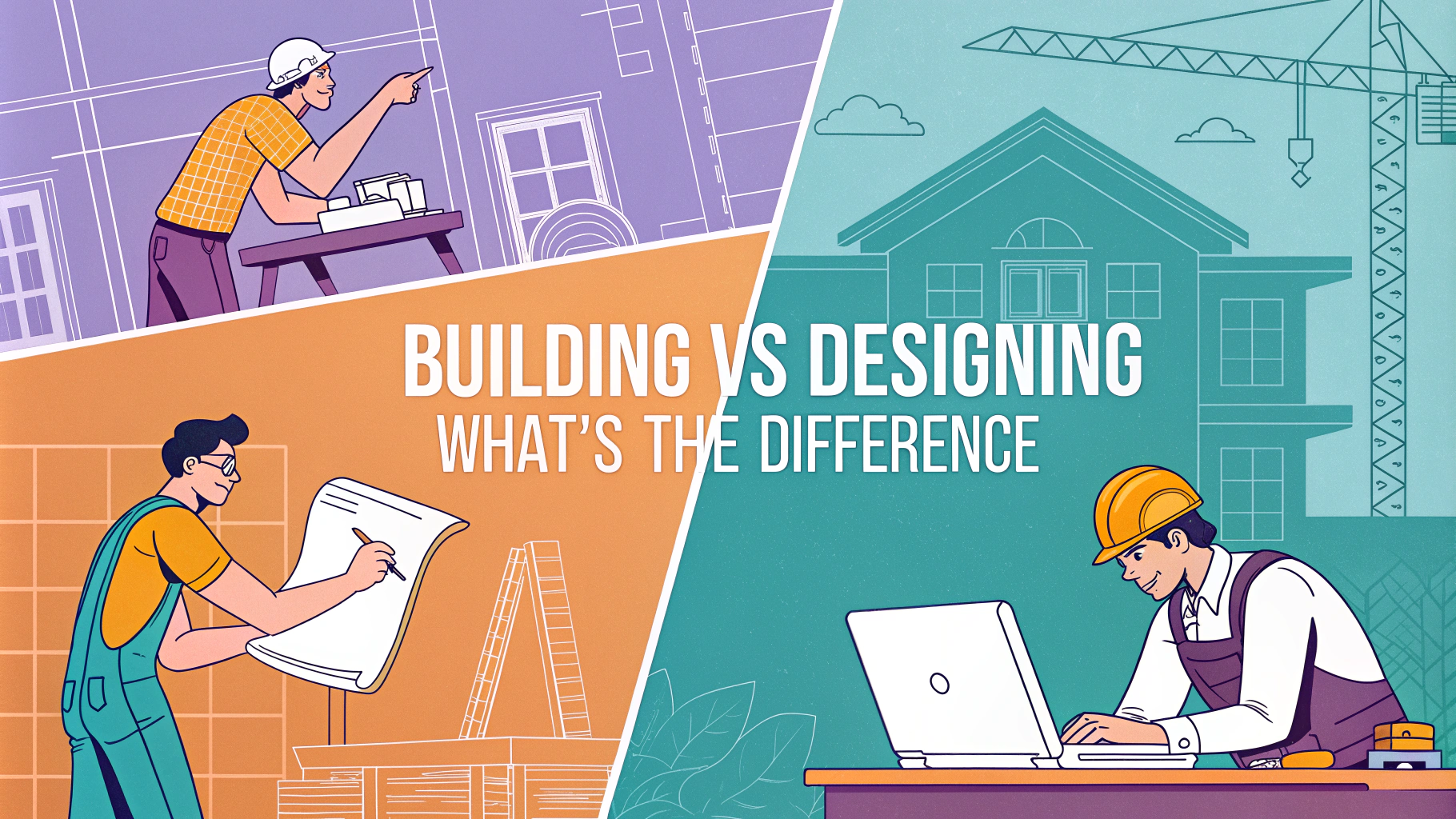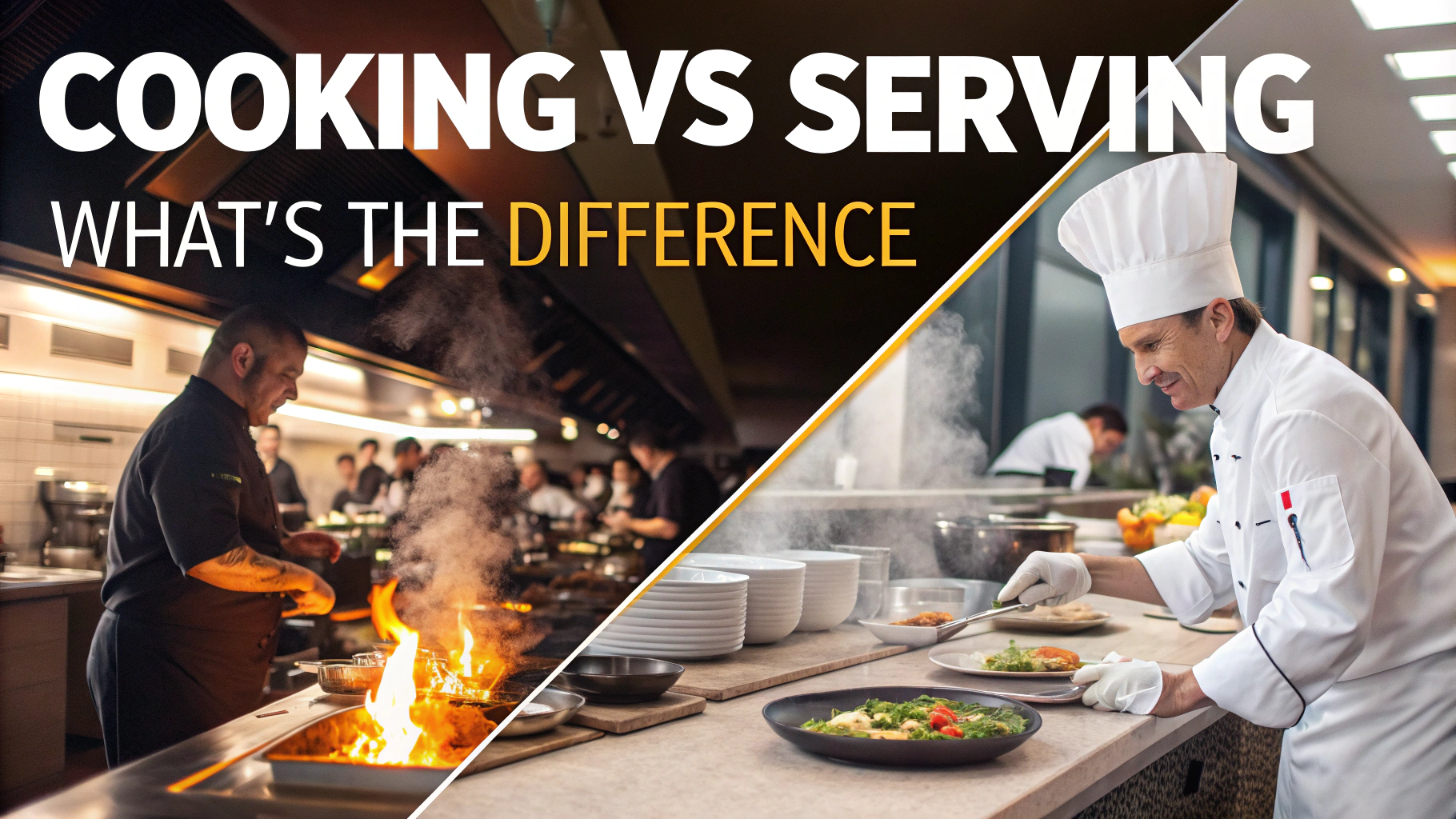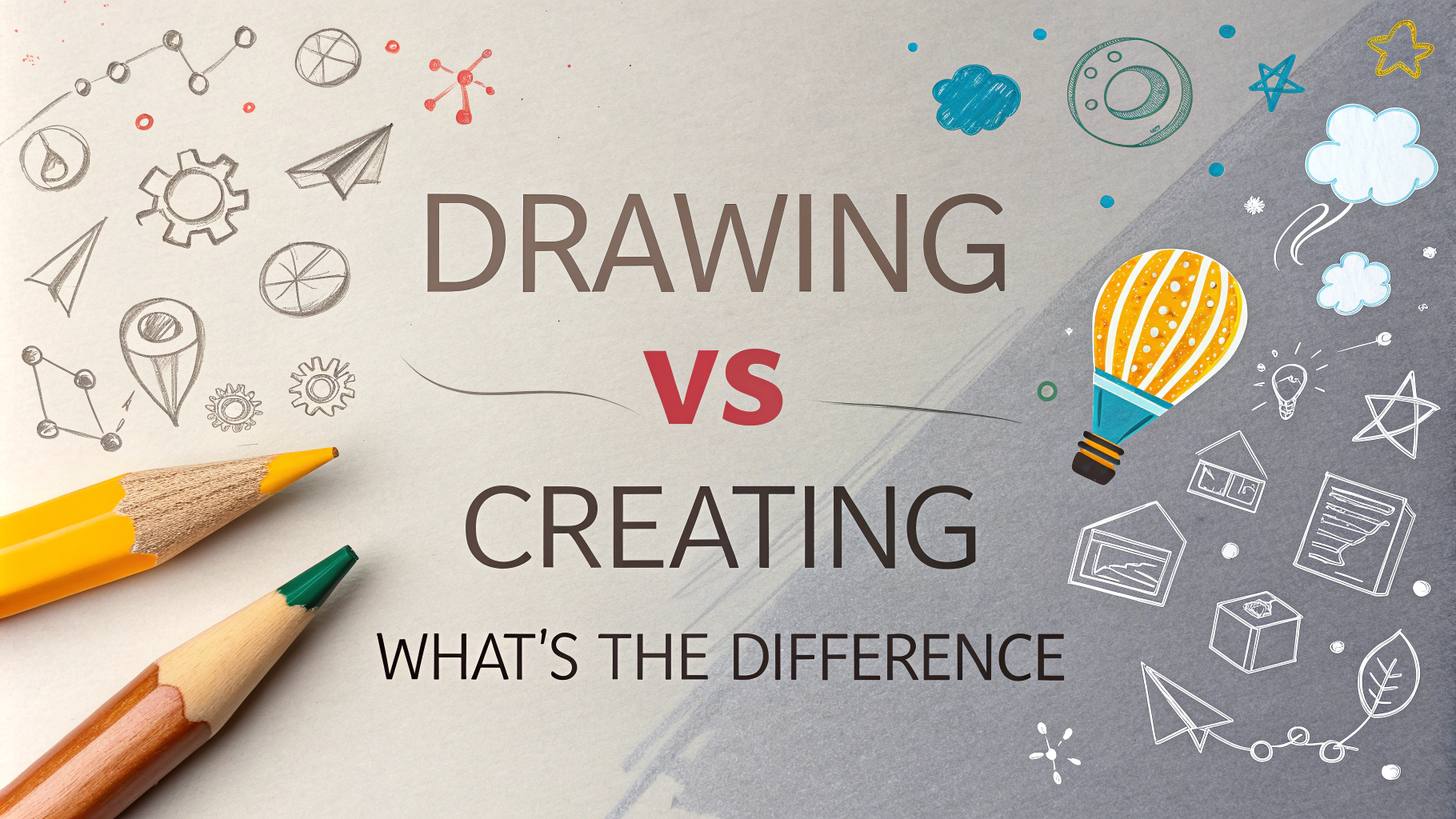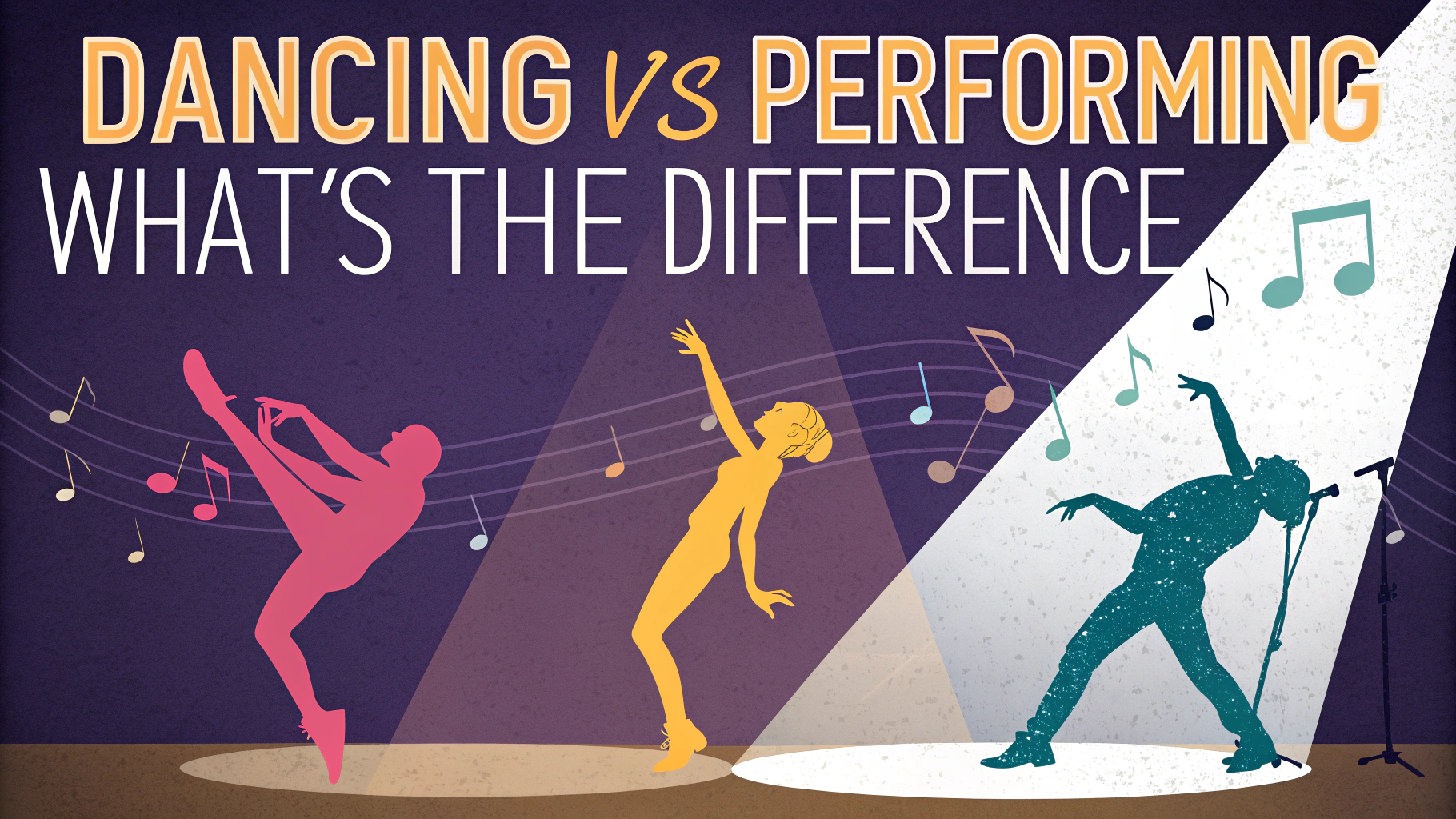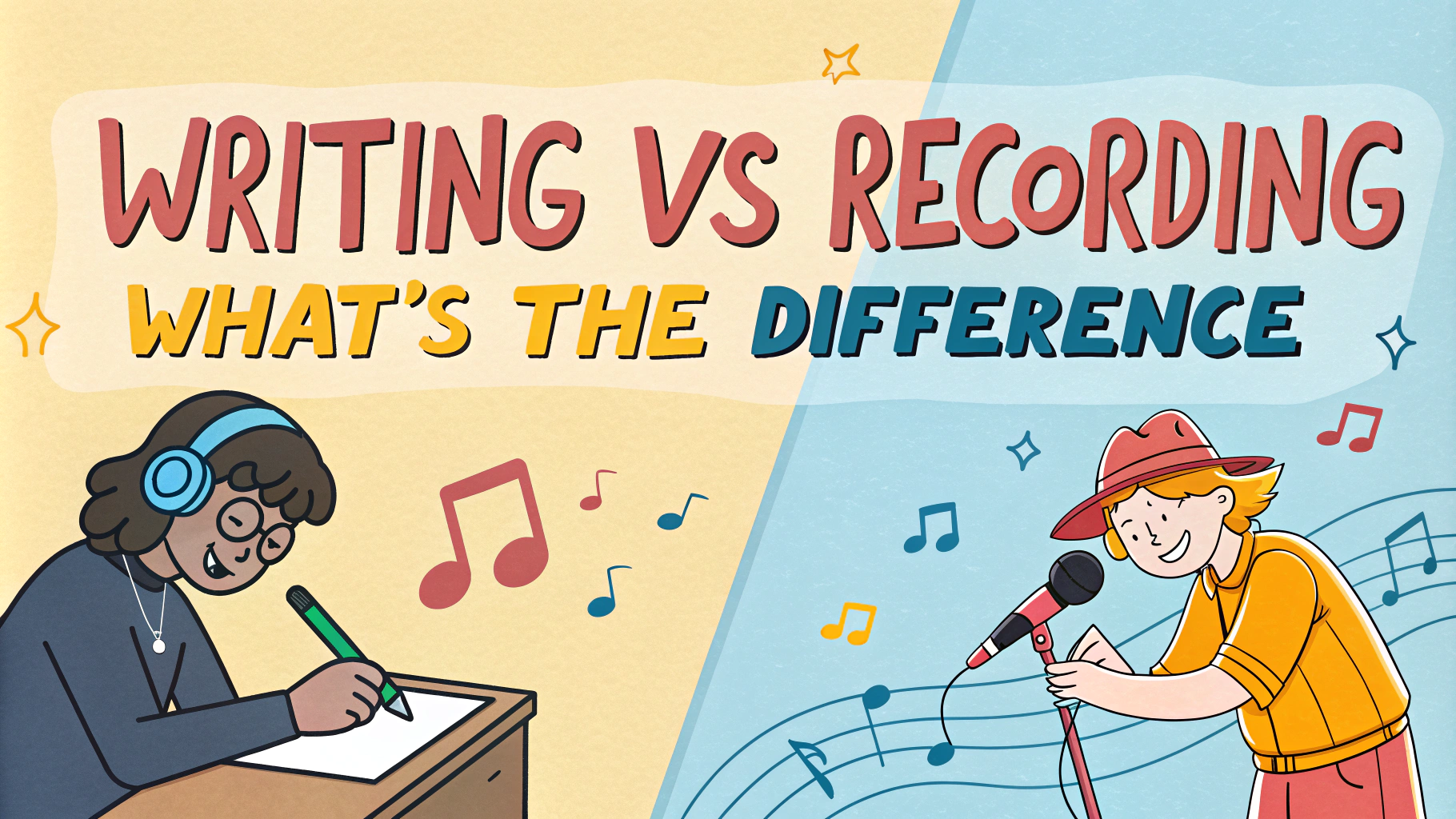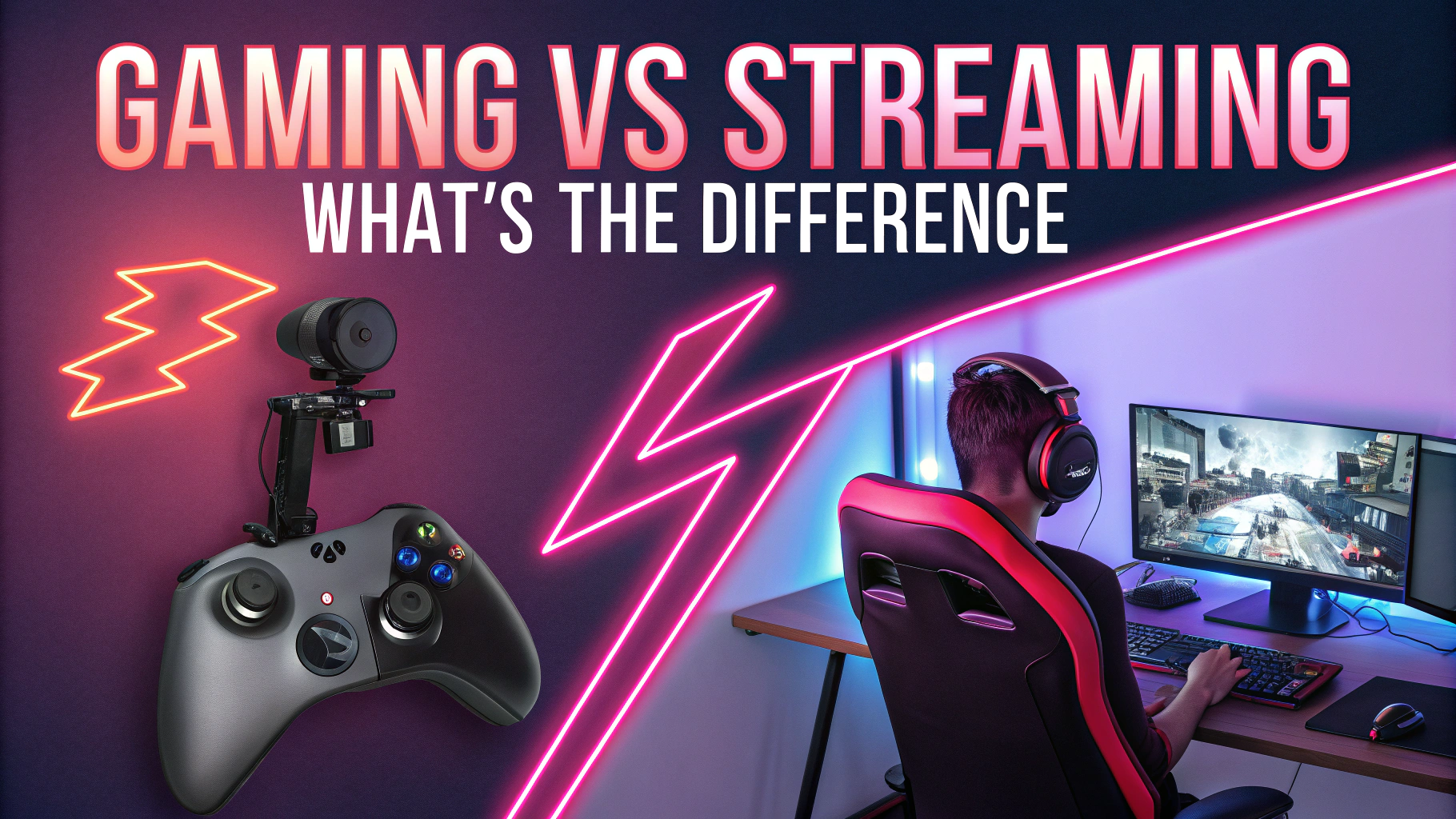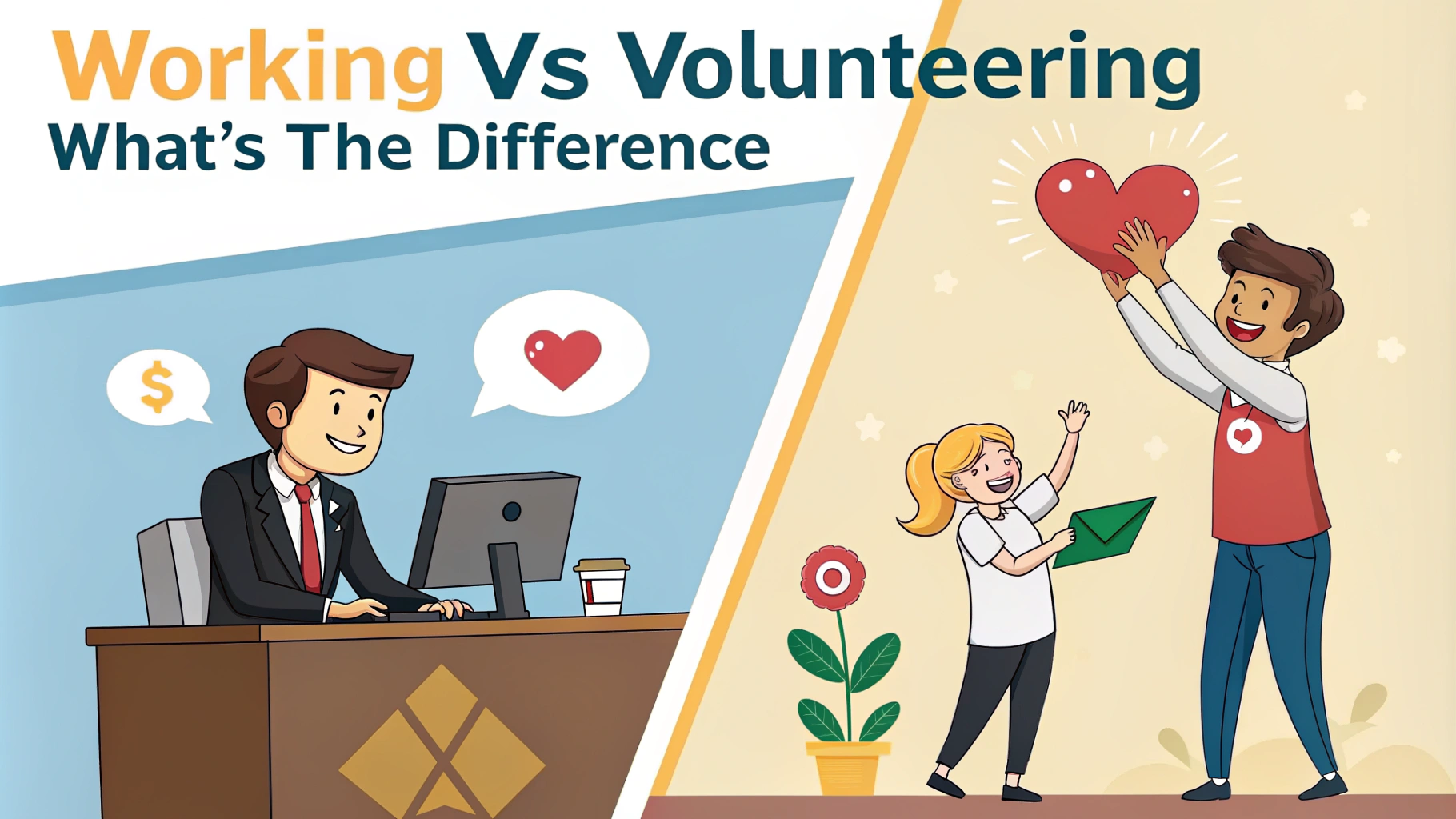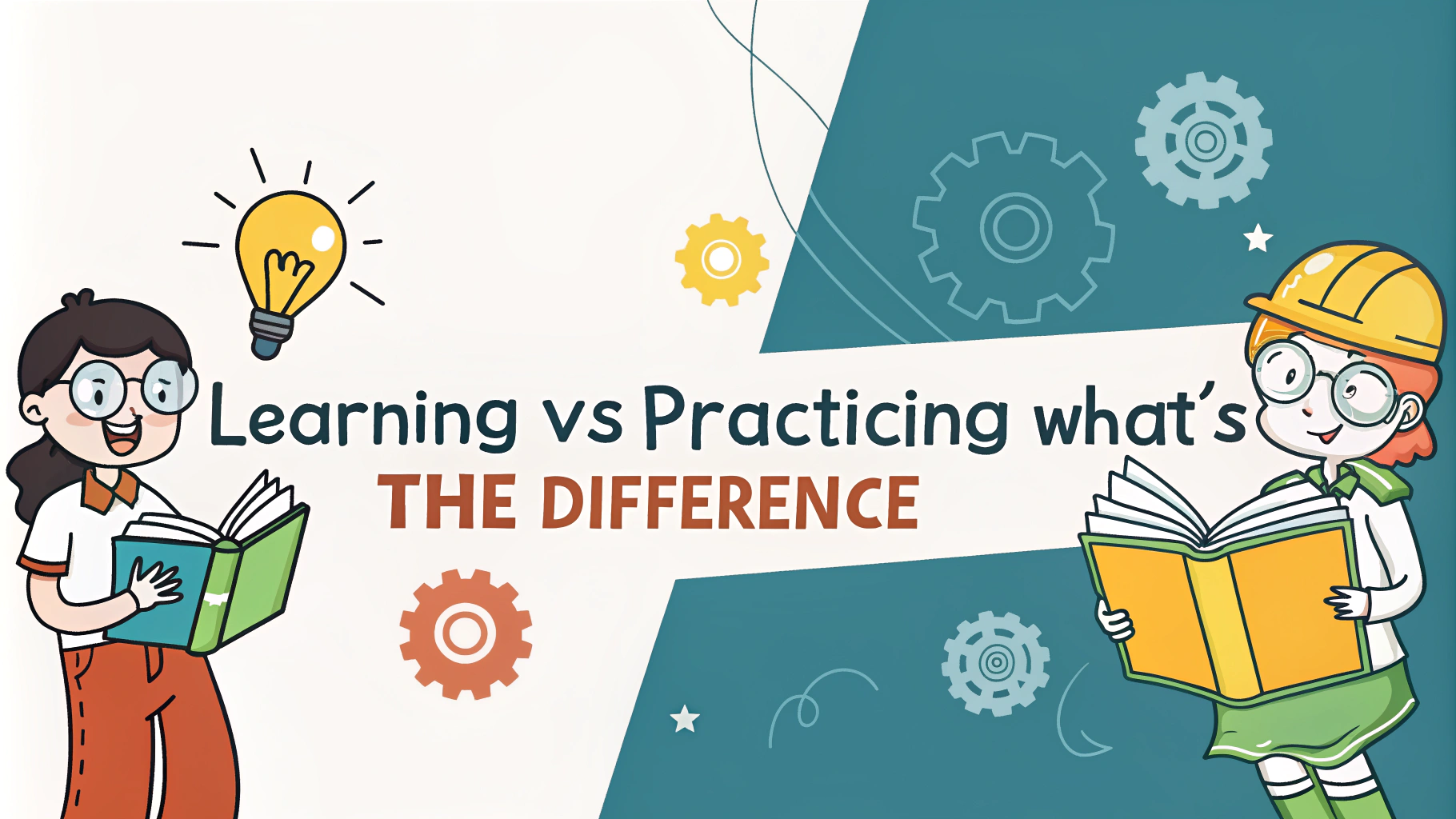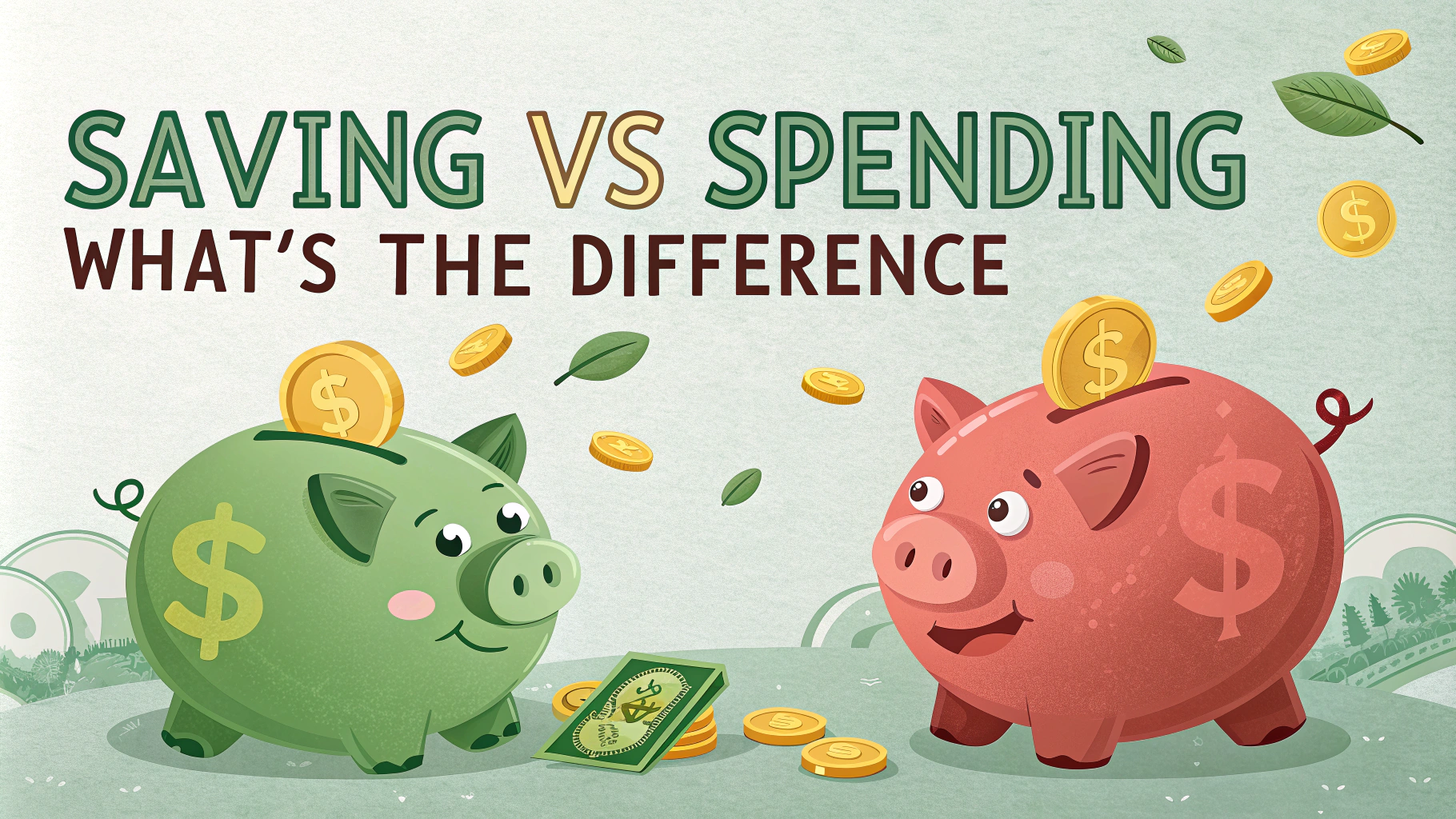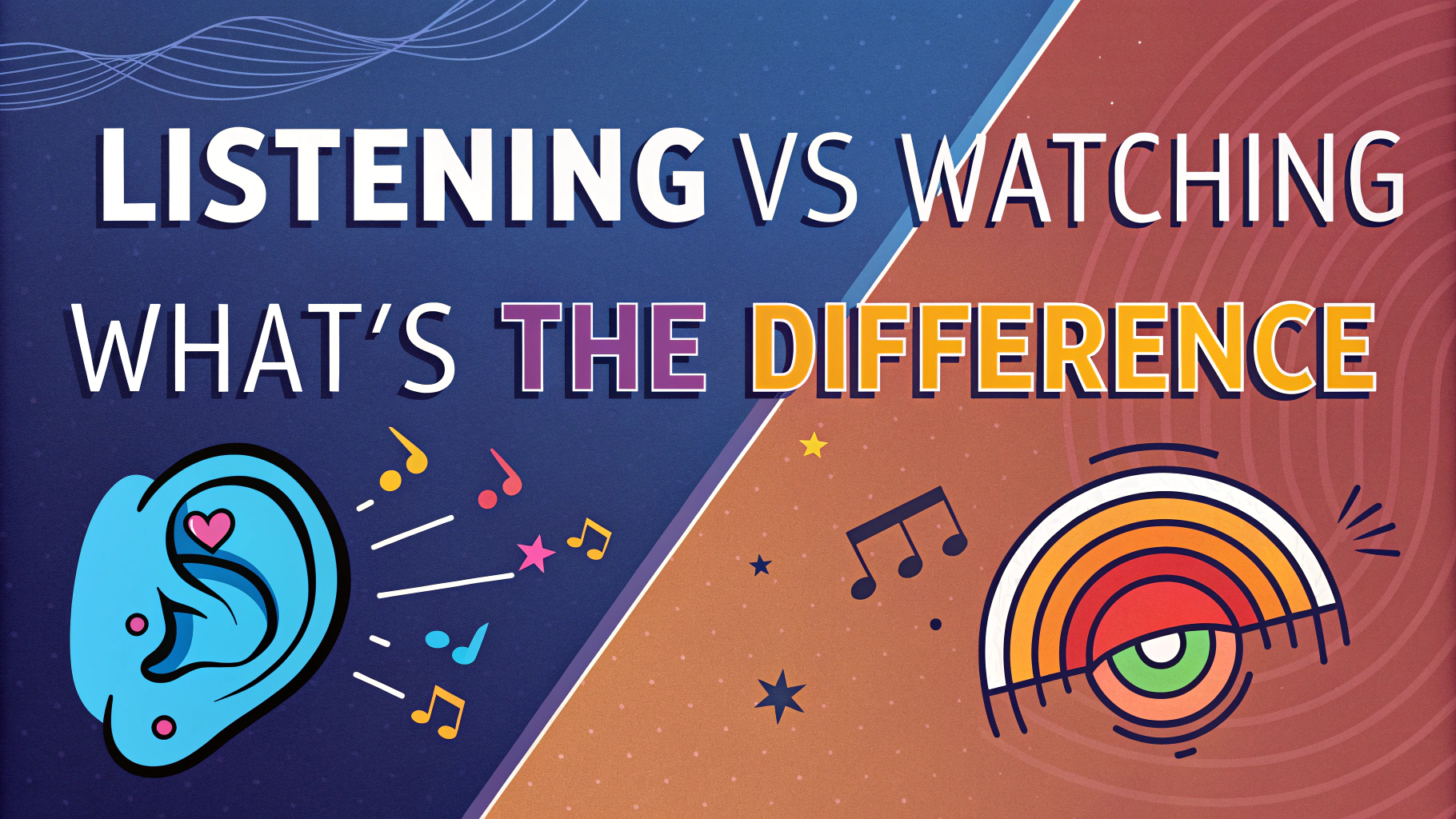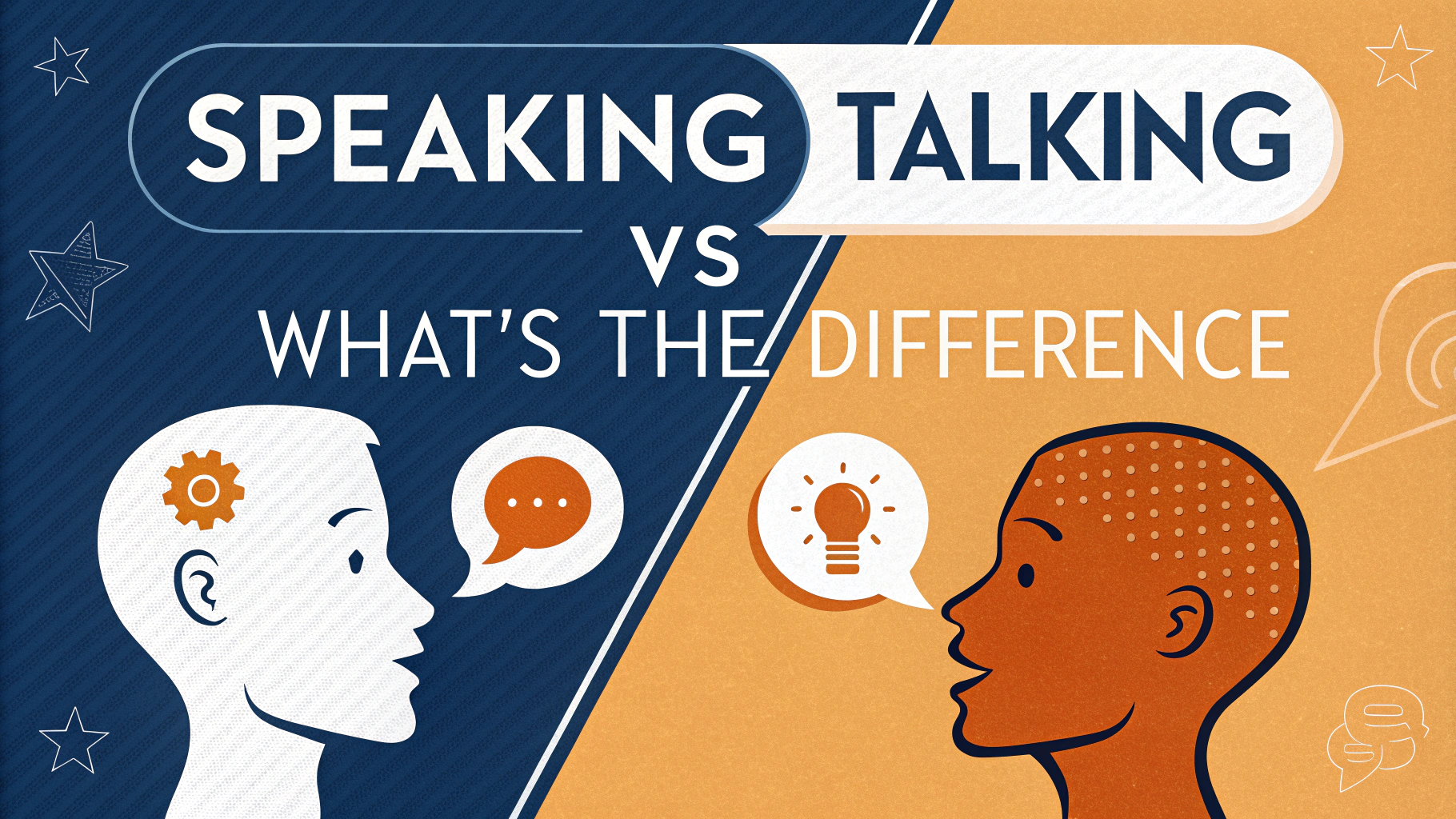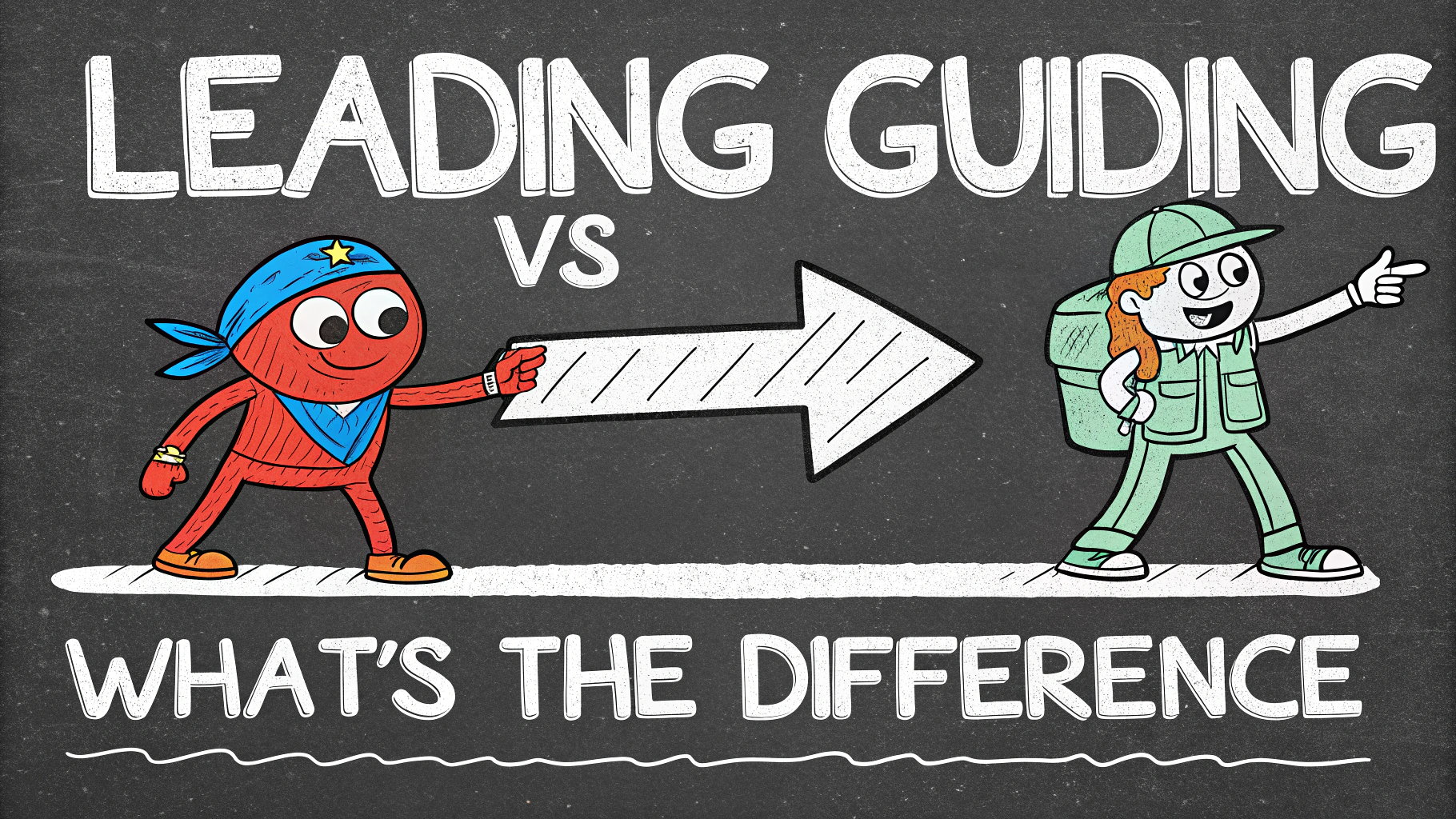The line between liking and loving can often blur, leaving many confused about their true feelings. This quick guide explores the nuances of these two emotions, helping you navigate the complexities of relationships and personal connections.
We’ll examine the key differences between liking and loving, discuss how to recognize genuine love, and offer insights on developing deeper emotional bonds. By understanding these distinctions, you’ll be better equipped to assess your feelings and make informed decisions about your relationships.
Defining Liking and Loving
Liking involves a positive emotional response to someone or something, often based on shared interests or pleasant experiences. It’s typically characterized by enjoyment of the person’s company and a desire to spend time together.
Key aspects of liking:
- Casual and lighthearted feelings
- Often based on surface-level traits
- May fluctuate depending on circumstances
Loving, on the other hand, runs deeper and involves a strong emotional attachment. It encompasses a broader range of feelings, including care, commitment, and a desire for the other person’s well-being.
Key aspects of loving:
- Profound emotional connection
- Willingness to sacrifice for the other person
- Endures through challenges and changes
Signs of Liking vs. Loving
Recognizing the difference between liking and loving can help you understand your feelings better. Here are some tell-tale signs:
Signs of liking:
- Enjoying their company but not missing them excessively when apart
- Feeling attracted but not deeply invested in their personal growth
- Wanting to spend time together primarily for fun and entertainment
Signs of loving:
- Feeling a deep emotional connection and missing them when apart
- Genuinely caring about their happiness and well-being
- Wanting to support their dreams and personal growth
The Role of Time and Commitment
Time plays a crucial role in distinguishing between liking and loving. Liking can develop quickly, often based on initial impressions and shared experiences. It may remain constant or fade over time.
Love, however, typically deepens with time and shared experiences. It involves a growing commitment and willingness to work through challenges together. This commitment is a key factor in transforming initial attraction into a lasting emotional bond.
How time affects relationships:
- Liking may stay superficial or develop into love
- Love grows stronger and more complex over time
- Shared experiences and challenges can strengthen love
Navigating the Emotional Spectrum
Understanding the nuances between liking and loving is key to navigating relationships. This quick guide explores the emotional spectrum, helping you identify where your feelings lie and how they might evolve.
We’ll examine the signs of genuine love, discuss the impact of time on relationships, and offer practical tips for developing deeper connections. By the end, you’ll have a clearer understanding of your emotions and be better equipped to nurture meaningful relationships.
The Impact of Shared Experiences
Shared experiences play a crucial role in deepening relationships. They can transform casual liking into something more profound.
How shared experiences influence relationships:
- Create shared memories and inside jokes
- Build trust through vulnerability
- Reveal compatible values and life goals
To foster deeper connections, actively seek out new experiences together. This could include:
- Trying new activities or hobbies
- Traveling to unfamiliar places
- Facing challenges as a team
Communication: The Bridge Between Liking and Loving
Effective communication is essential for transforming surface-level attraction into a deeper bond. It allows for better understanding and emotional intimacy.
Tips for improving communication:
- Practice active listening without interrupting
- Express your feelings openly and honestly
- Ask thoughtful questions to understand their perspective
- Share your dreams, fears, and vulnerabilities
Remember, good communication isn’t just about talking. It’s also about creating a safe space for both parties to express themselves freely.
Self-Reflection and Personal Growth
Understanding your own emotions and needs is crucial in distinguishing between liking and loving. Regular self-reflection can help you identify your true feelings and relationship goals.
Questions for self-reflection:
- How do I feel when I’m with this person?
- Do I see a future with them?
- Am I willing to work through challenges together?
- Does this relationship align with my values and life goals?
Personal growth is also important. As you evolve, your understanding of love and relationships may change. Embrace this growth and allow your relationships to adapt accordingly.
Making Informed Decisions
Armed with a clearer understanding of your emotions, you can make more informed decisions about your relationships. This knowledge empowers you to:
- Set appropriate boundaries
- Communicate your needs and expectations clearly
- Invest your time and energy wisely
- Recognize when a relationship has potential for growth
Remember, there’s no shame in acknowledging that a relationship might not progress beyond liking. It’s better to be honest with yourself and others than to force feelings that aren’t there.
Taking Action
To apply these insights to your relationships, consider the following steps:
- Assess your current relationships honestly
- Communicate openly with your partner about your feelings
- Seek out new shared experiences to deepen your connection
- Practice regular self-reflection to track your emotional growth
By taking these actions, you’ll be better equipped to nurture meaningful relationships and recognize genuine love when it develops.
FAQs About Liking vs. Loving
1. What’s the difference between liking and loving someone?
Liking generally involves feeling fondness or enjoyment towards someone, while loving is a deeper, more intense emotional connection. Love often includes commitment, care, and a desire for the other person’s well-being.
2. Can you love someone without liking them?
Yes, it’s possible to love someone without always liking them. This often occurs in long-term relationships or family dynamics where love persists despite temporary conflicts or differences.
3. How do I know if I’m in love or just infatuated?
Key differences between love and infatuation include:
- Duration: Infatuation is often short-lived, while love tends to be long-lasting
- Depth: Love involves a deeper emotional connection
- Idealization: Infatuation may involve unrealistic perceptions, while love accepts flaws
4. What are the stages of falling in love?
The typical stages of falling in love are:
- Attraction
- Infatuation
- Attachment
- Lasting love
5. How does brain chemistry differ between liking and loving?
Brain chemistry in liking vs. loving:
| Liking | Loving |
|---|---|
| Dopamine release | Dopamine, oxytocin, and vasopressin release |
| Short-term pleasure | Long-term bonding and attachment |
6. Can friendship turn into romantic love?
Yes, friendships can develop into romantic relationships. This transition often occurs when mutual attraction grows and both parties develop deeper emotional connections.
7. What’s the difference between loving someone and being in love?
Loving someone can be platonic or familial, while being in love typically refers to romantic love, characterized by intense emotions and physical attraction.
8. How long does it take to fall in love?
The time it takes to fall in love varies greatly among individuals and circumstances. Some people report falling in love quickly, while others develop love over time. There’s no universal timeline for falling in love.
9. What are the signs of true love vs. infatuation?
Signs of true love include:
- Emotional support
- Commitment
- Acceptance of flaws
- Desire for mutual growth
Infatuation often involves intense but short-lived passion and idealization.
10. Can you measure love scientifically?
While love is subjective, scientists can measure certain physiological and neurological responses associated with love, such as increased heart rate, brain activity in specific regions, and hormonal changes.
11. What’s the psychology behind liking vs. loving in relationships?
The psychology of liking vs. loving in relationships involves different levels of emotional investment, commitment, and attachment. Loving typically includes a stronger sense of connection and a willingness to prioritize the relationship.
12. How does culture influence perceptions of liking and loving?
Cultural factors can significantly impact how people perceive and express liking and loving. Some cultures may emphasize passionate love, while others focus more on companionate love or practical considerations in relationships.

